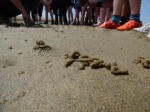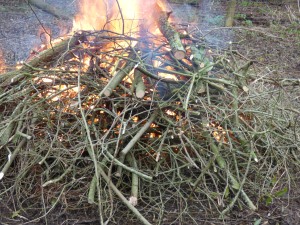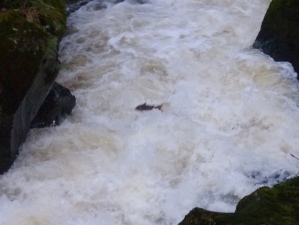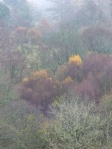Our hands were peppered With thorn pricks, our palms sticky as Bluebeard’s.
As the title suggests, I went blackberry picking this week! If you attended school in the UK you are likely to have read the poem from which I’ve taken my title – Blackberry Picking by Seamus Heaney. If not, do go and read it – it’s one of my favourites. Anyway, the blackberry picking was late in the week, so shall come onto that in a bit!
Earlier in the week, I was based down at the Chesil Beach Centre. A mixed bag in terms of weather, but I managed to take some nice photos after work. Sadly I can’t get out much during work as the centre tends to be quite hectic, and I usually end up gulping down my lunch!
A day at Lorton mid-week, no groups in so I was getting on with work in the office. Thought had a stroll had to be taken of course.
This week was a bit topsy turvy, as I was then back at Chesil again! As before, busy during the day. I had an unplanned wander after work – the weather was very calm, with no wind for once, and the sunshine was glorious. I popped across the road to Hamm Beach and photographed the Turnstones (Arenaria interpres) for a while. They are such wonderful birds, and as the name suggests, they turn stones!
I also filmed them for a bit as their stone-turning is brilliant to watch, plus they call – I think to each other. Using an educated guess, I would say they are contact calls? I.e. letting the other(s) know they are still there?
I also saw this massive bumblebee – I think it may be a queen? She really was huge!
Despite being the end of September, I literally took the plunge and went paddling. The water was actually a decent temperature, once I got used to it!
Some others photos from the evening:
Back to Lorton again for the weekend and the theme of Pond Life, which means … pond dipping! Woohoo! One of my favourite activities! We discovered a myriad of insects, molluscs and other invertebrates within the pond, as well as seeing some adult dragonflies zooming about above it.
Saturday evening I went blackberry picking – even though the freezer is already full of fruit thanks to Matt’s foraging efforts. And on both days, I had someone else at the centre with me (membership recruiter, then a volunteer) so we peered at wildlife together during a couple of quiet moments.
The postings on this site are my own and don’t necessarily represent Dorset Wildlife Trust’s positions, strategies or opinions (or any other organisation or individuals for that matter).






































































































































































































































